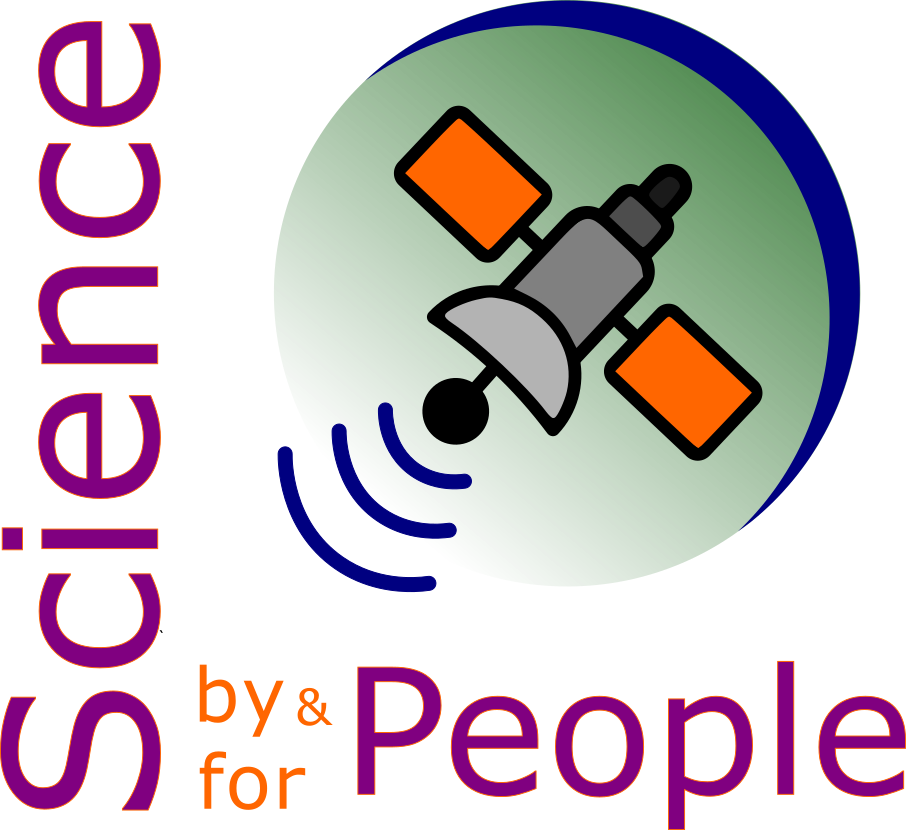Surface Reactions#
Adsorption#
Atoms and molecules from the gas phase stick to the surface of dust grains. This is the first step in many surface reactions.
- Example: H atoms sticking to dust grains.
Note
Inclure la video (Leiden)
Hydrogenation#
Hydrogen atoms on the surface of dust grains can add to other atoms or molecules, leading to the formation of more complex species.
- Example:
\[
\text{CO} + \text{H} \rightarrow \text{HCO} \rightarrow \text{H}_2\text{CO} \rightarrow \text{CH}_3\text{OH}
\]
Chemical Reactions on Dust Grain Surfaces#
Once adsorbed, atoms and molecules can react with each other on the dust grain surfaces, forming more complex molecules.
- Example:
Formation of water ice through
\[
\text{H} + \text{O} \rightarrow \text{OH}\) followed by \(\text{OH} + \text{H} \rightarrow \text{H}_2\text{O}
\]
Desorption#
Molecules formed on the dust grains can be released back into the gas phase, typically through processes like thermal desorption, photodesorption, or cosmic-ray-induced desorption.
